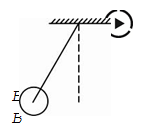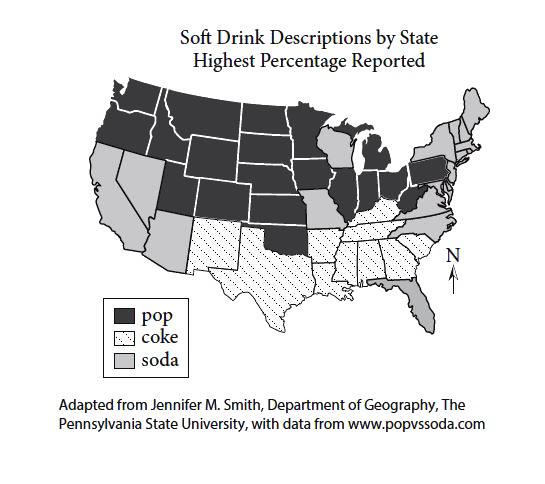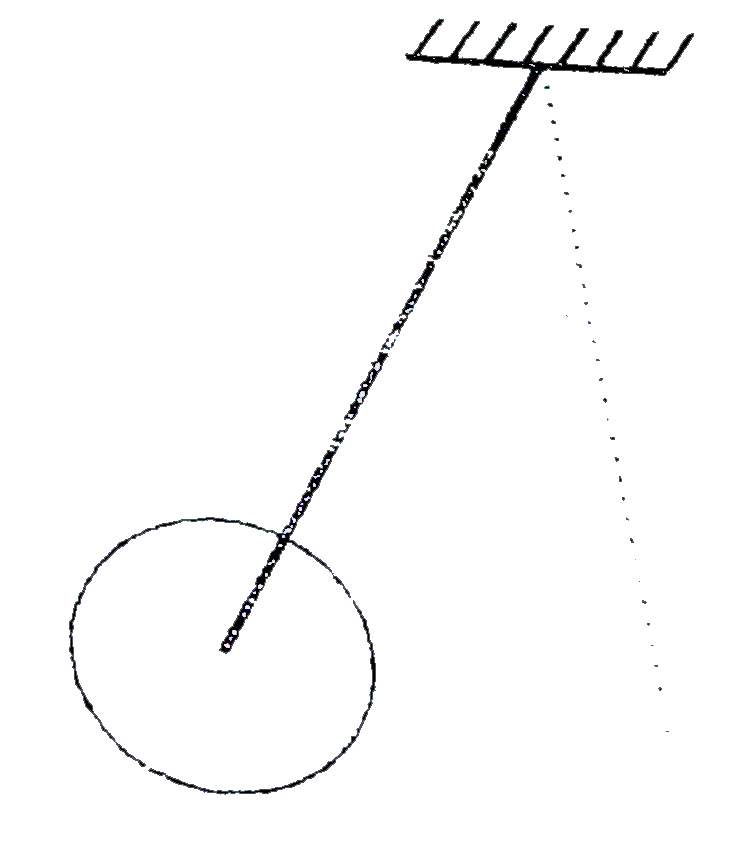The mean length of a pop song released in the 1980's was 4 minutes and 8 seconds. The mean length of a pop song released in the 1990's was 4 minutes and 14 seconds. Which of the following must be true about the mean length of a pop song released between 1980 and 1999?
The mean length must be equal to 4 minutes and 11 seconds.
The mean length must be less than 4 minutes and 11 seconds.
The mean length must be greater than 4 minutes and 11 seconds.
The mean length must be between 4 minutes and 8 seconds and 4 minnutes and 14 seconds.
The correct Answer is:D
Step by step video, text & image solution for The mean length of a pop song released in the 1980's was 4 minutes and 8 seconds. The mean length of a pop song released in the 1990's was 4 minutes and 14 seconds. Which of the following must be true about the mean length of a pop song released between 1980 and 1999? by Maths experts to help you in doubts & scoring excellent marks in Class 12 exams.
Updated on:21/07/2023Similar Questions
If the length of tangents from A,B,C to the incircle of ΔABC are 4,6,8 then which of the following is(are) correct? (All symbols used have usual meaning in a triangle.
View SolutionA metal rod of length 'L' and mass 'm' is pivoted at one end. A thin disk of mass 'M' and radius 'R' (< L) is attached at its centre to the free end of the rod. Consider two ways the disc is attached: (case A) - The disc is not free to rotate about its centre and (case B) - the disc is free to rotate about its centre. The rod-disc system after being released from the same displaced position. Which of the following statement(s) is(are) true?

View Solution
Knowledge Check
Anneke is completing in a 500-meter freestyle swim event, which consists of swimming the length of a pool 20 times. If Anneke averages 26.4 seconds per length of the pool. Which of the following equations could be used to determine the number of meter(m) Anneke has left in the event after swimming for s seconds?
Am=500−25s26.4Bm=500−25sCm=25s26.4Dm=500−20sThe mean of a finite set S of numbers is 14, the median of this set of numbers is 12, and the standard deviation is 1.8. A new set T is formed by multiplying each member of the set S by 3. Which of the following statements must be true of the set T ?
I. The mean of the numbers in set T is 42.
II. The median of the numbers in set T is 36.
III. The standard deviation of the numbers in set T is 5.4.AI onlyBII onlyCI and II onlyDI, II, and IIIYou Are Where You Say
Research on regional variations in English-language use has not only yielded answers to such life-altering questions a show people in different parts of the United States refer to carbonated beverages (“soda”? “pop”? “coke”?) it also illustrate show technology can change the very nature of research. While traditional, human-intensive data collection has all but disappeared in language studies, the explosion ofsocial media has open edne wave nues for investigation. [1] Perhaps the epitome of traditional methodology is the Dictionary of American Regional English, colloquially known as DARE. [2] Its fifth and final alphabetical volume—ending with “zydeco”— released in 2012, the dictionary represents decade so far duous work. [3] Overa six-year period from 1965 to 1970, university graduate students conducted inter views in morethan a thousand communities across the nation. [4] Their goal was to determine what names people used for such every day object sand concepts as a submarine sandwich.
(a “hero” in New York City but a “dagwood”in many parts of Minnesota, Iow a, and Colorado) and a heavy rainstorm(variously a “gullywasher,” “pour-down,” or “stumpmover”). [5] The work that dictionary founder Frederic G. Cassidy had expected to be finished by 1976 was not,in fact, completed in his life time. [6] The wait did not dampen enthusiasm among scholars. Scholars consider the work a signal achievement in linguistics. Not all research into regional English varieties requires such time, effort, and resources, however. Today’s researchers have foundth at the veritable army of trained volunteer straveling the country conducting face-to- face inter view scan sometimes be replaced by another army the vastarray of individuals volunteering details about their lives— and,in advertently, their language— through social media. Brice Russ of Ohio State University,for example, has employed software to sort through postings on one social media cite in search of particular words and phrases of interest as well as the location from which users are posting. From these data,
he was able, among other things, to confirm regional variations in people's terms for soft drinks. As the map shows. ,“soda” is comm only heard in the middle and western portions of the United States, “pop” is frequently used in many southern states, and “coke”ispre dominant in the north eastern and south west region sbutused else where as well. As interesting as Russ’s findings are, though, they’re true value lies in their reminder that the Internet is not merelya sophisticated tool for collecting data but is also itself a rich source of data

The writer wants to convey an attitudeof genuine interest and to avoid the appearance of mockery. Which choice best accomplishes this goal?ANo ChangeBgalvanizingCintriguingDweird
A metal rod of length 'L' and mass 'm' is piovted at one end. A thin disk of mass 'M' and radius 'R'(<L). Is attached at its centre to the free end of the rod. Consider two ways the disc is attached: (case A). The disc is not free to rotate about its centre and (case B) the disc is free to rotate about its center. The rod-disc sustem perform SHM in vertical plane after being released from the same displaced potion. Which of the following statement(s) is (are) true?

View SolutionOne - fourth length of a uniform rod is placed on a rough horizontal surface and it starts rotating about the edge as soon as we release it. The rod starts slipping on the edge when it has turned through an angle θ. If the coefficient of friction between rod and surface is μ, and it satisfies the relation xtanθ=4μ, then what is the value of x? [Take g=10m/s2]

View SolutionA thin and uniform rod of mass M and length L is held vertical on a floor with large friction. The rod is released from rest so that it falls by rotating about its contact-point with the floor without slipping. Which of the following statement(s) is(are) correct, when the rod makes an angle 60° with vertical? [g is the acceleration due to gravity]
View SolutionThe poisson's ratio for O2 is 1.4. Which of the following are correct for O2?
View SolutionConsider a uniform wire of length l. Cross-sectional area A, Young's modulus of the material of the wave is Y. Some information related to the wire is given in column-1 and dependence of the result is given in column-2. Then match the approprite choice between the columns and match the list given in options
Column-I Column-II(A) Let us suspend wire vertically from a (p) Young'sModulusrigud support and attach a mass m atits lower end. If the mass is slightly pulleddown and released, it executes S.H.Mof a time period which will depend on(B) Work done in stretching the wire up to length (q) elongation (x)l+xwill depend on(C) If the given is fixed between two rigid (r) length (l)supports and its temperature is decreasedthermal stress that develops in the wirewill depend on(D) If the wire is pulled at its ends equal and (s) area of cross-section (A) opposite forces of magnitude F so that itundergoes an elongation x, according toHook's law, F=kx, where k is the forceconstant.Force constant (k) of the wirewill depend on
View Solution